
Situated inside the city of Zama in the Kanagawa prefecture of Japan resides Nissan’s Zama factory, and within this automobile manufacturing campus—which could be considered its own town—lays a hidden gem for any Nissan, Japanese, or automotive enthusiast. Its name? The Nissan Heritage Collection, which includes many prized vehicles from the company’s long automotive legacy.
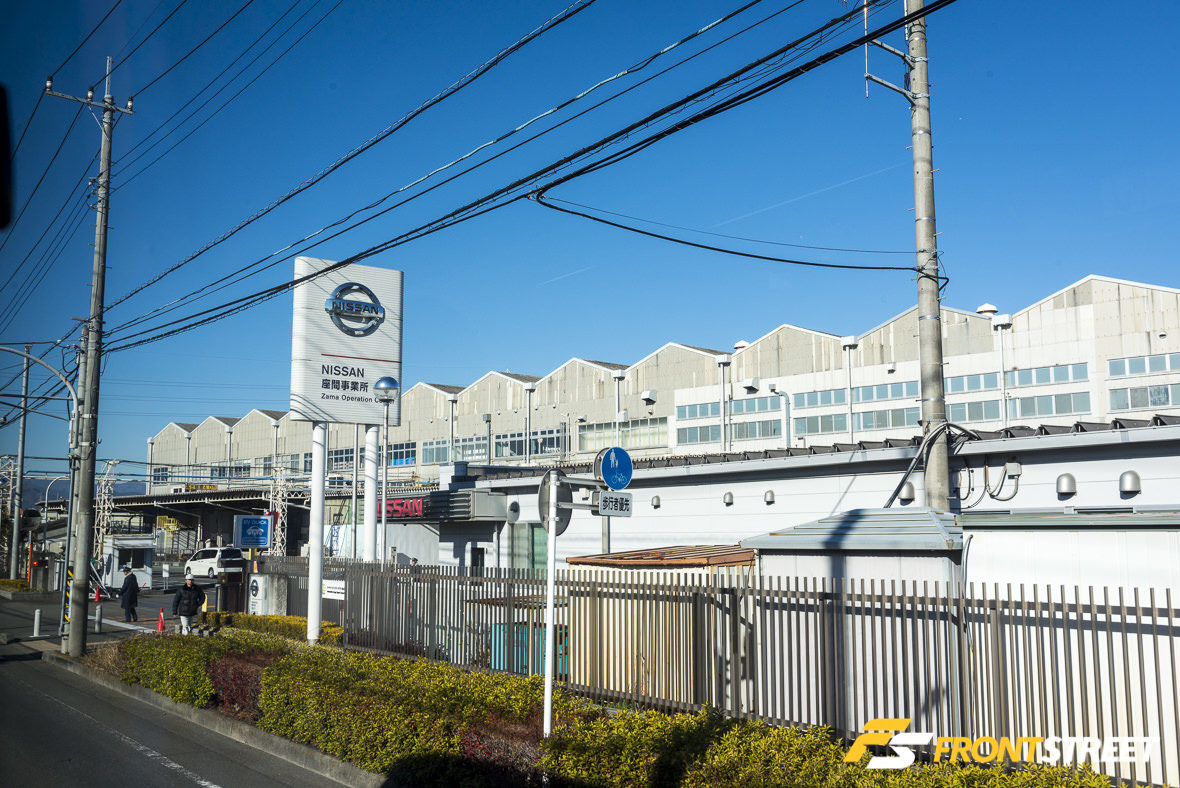
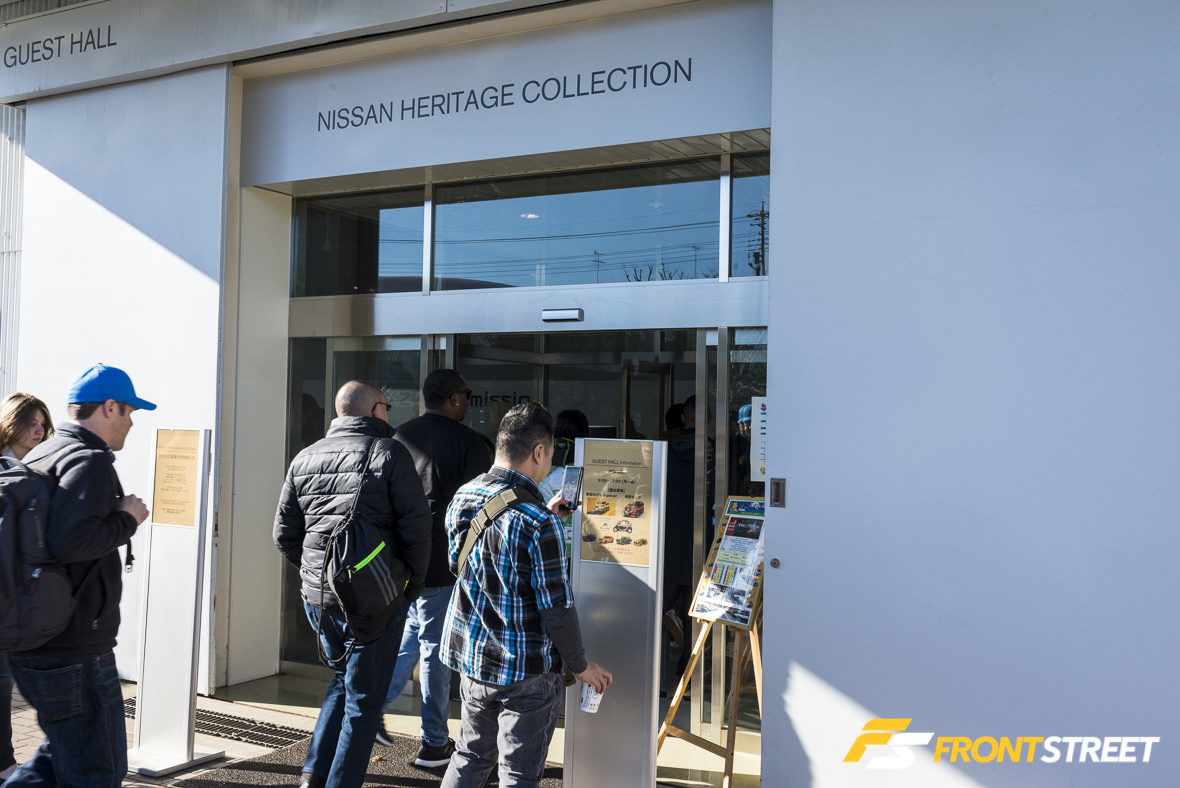
But don’t try to visit this collection unannounced, as the security gate at the entrance to the campus will turn you right around. Nissan only opens the doors to this museum facility once a month, and all guests must have reservations set far in advance.
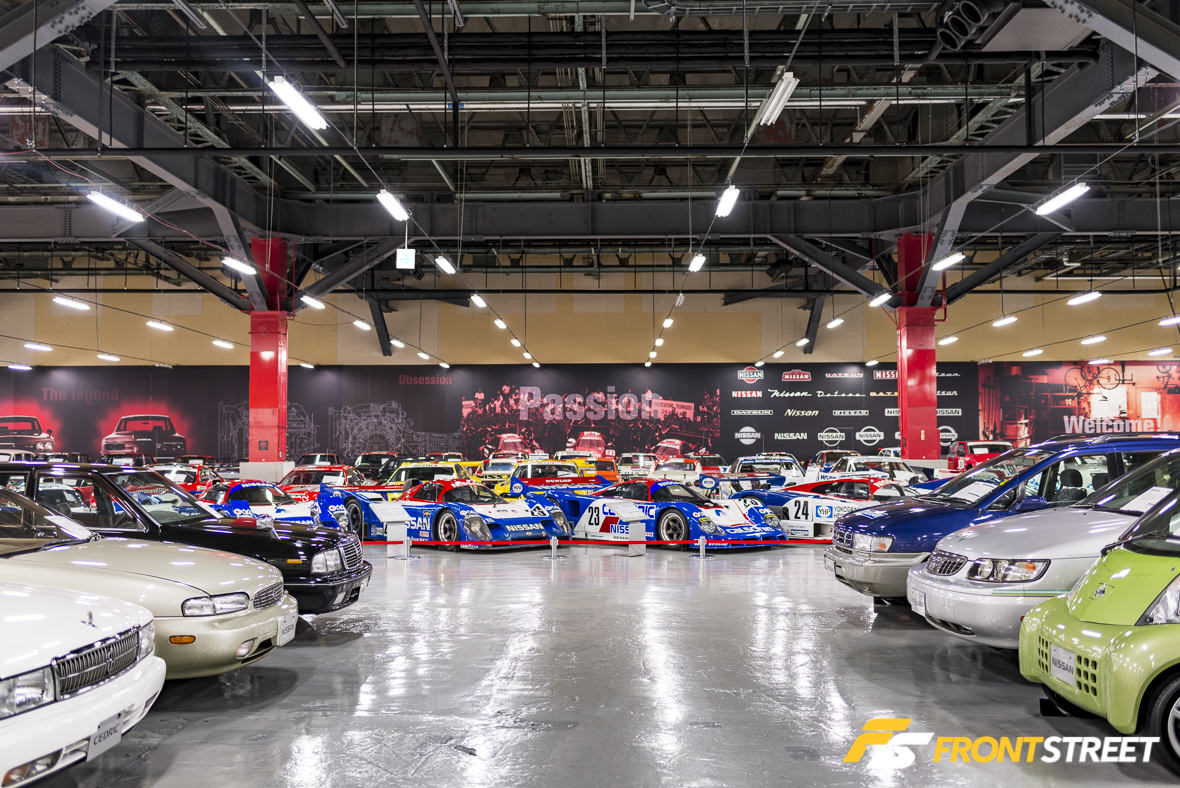
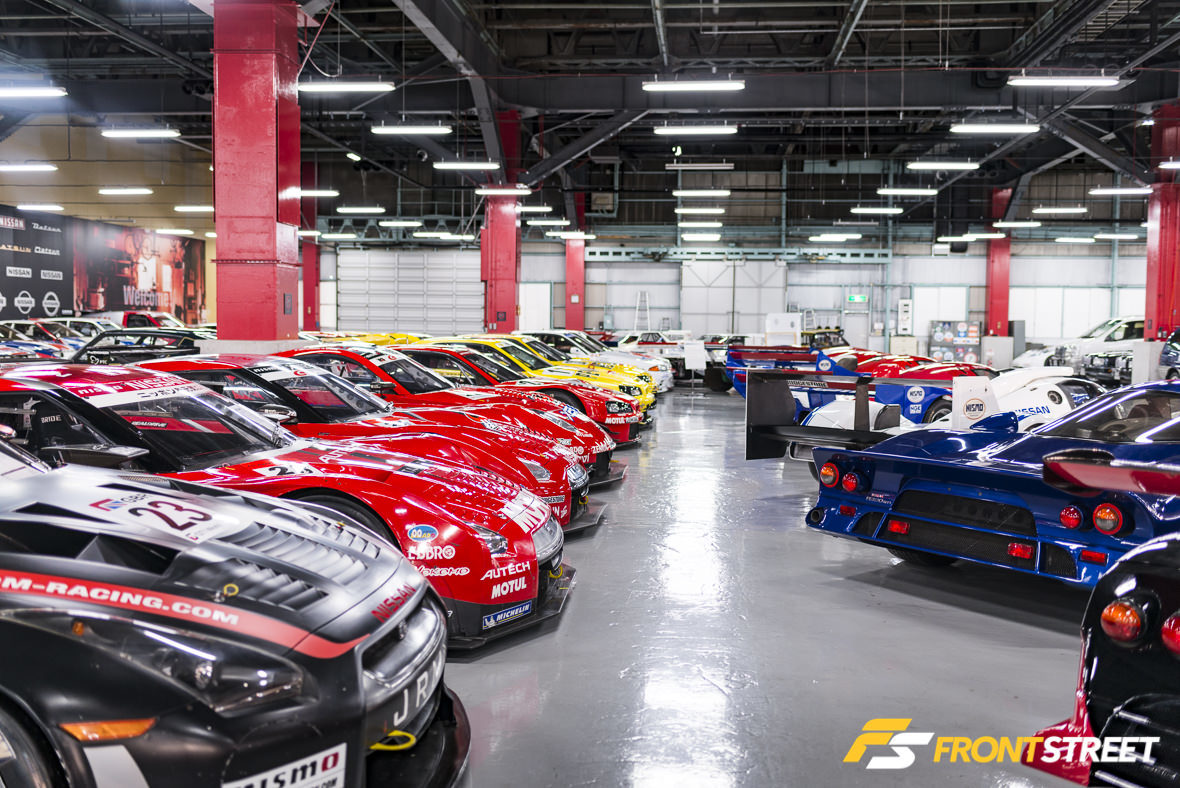
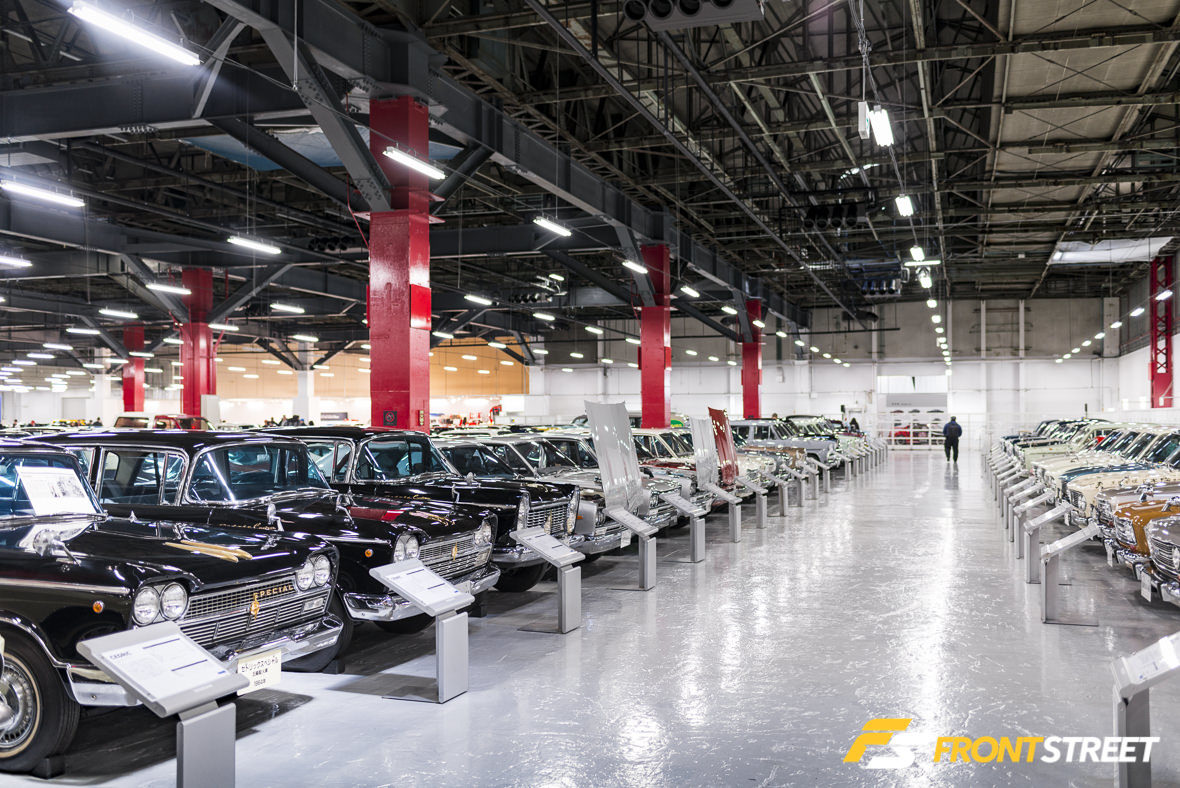
You’ve probably seen or heard of Nissan’s Omori factory, with its glass gallery into the Nismo workshop, and clever use of automotive parts in the bathrooms. However, this much-lesser-known brother in Zama is significantly more inspiring.
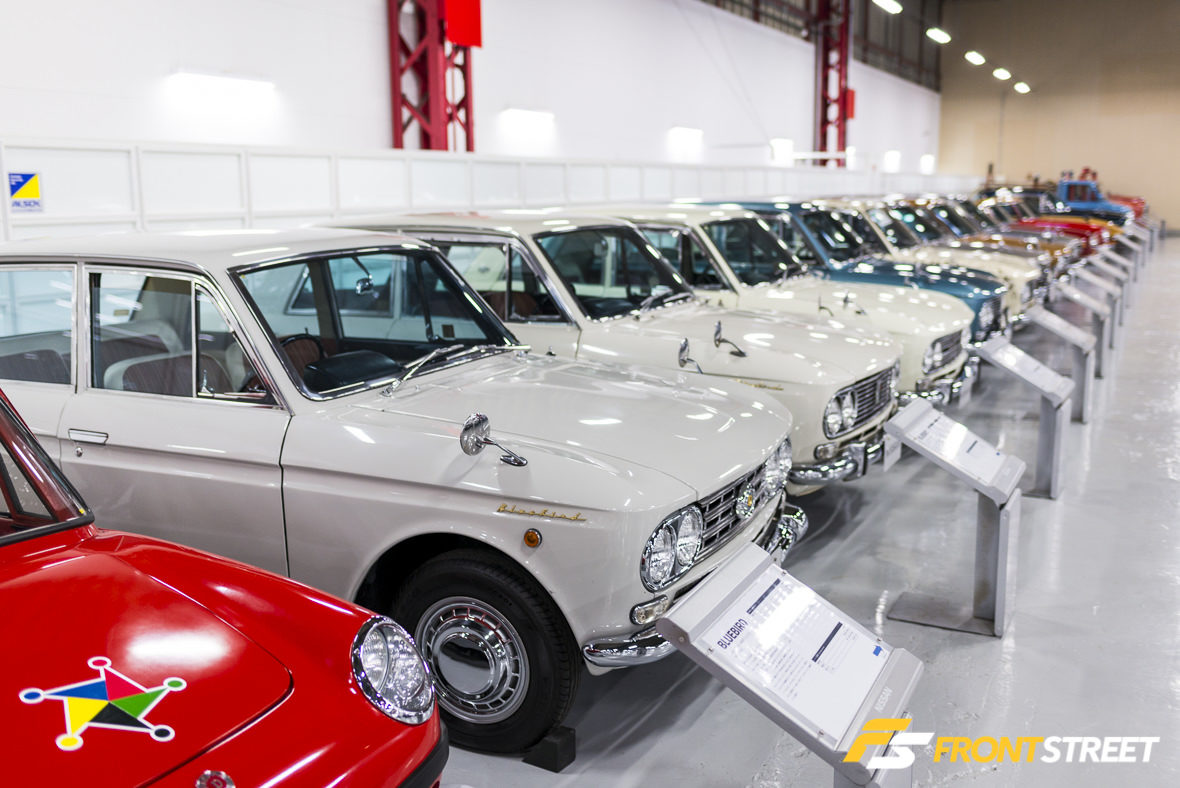
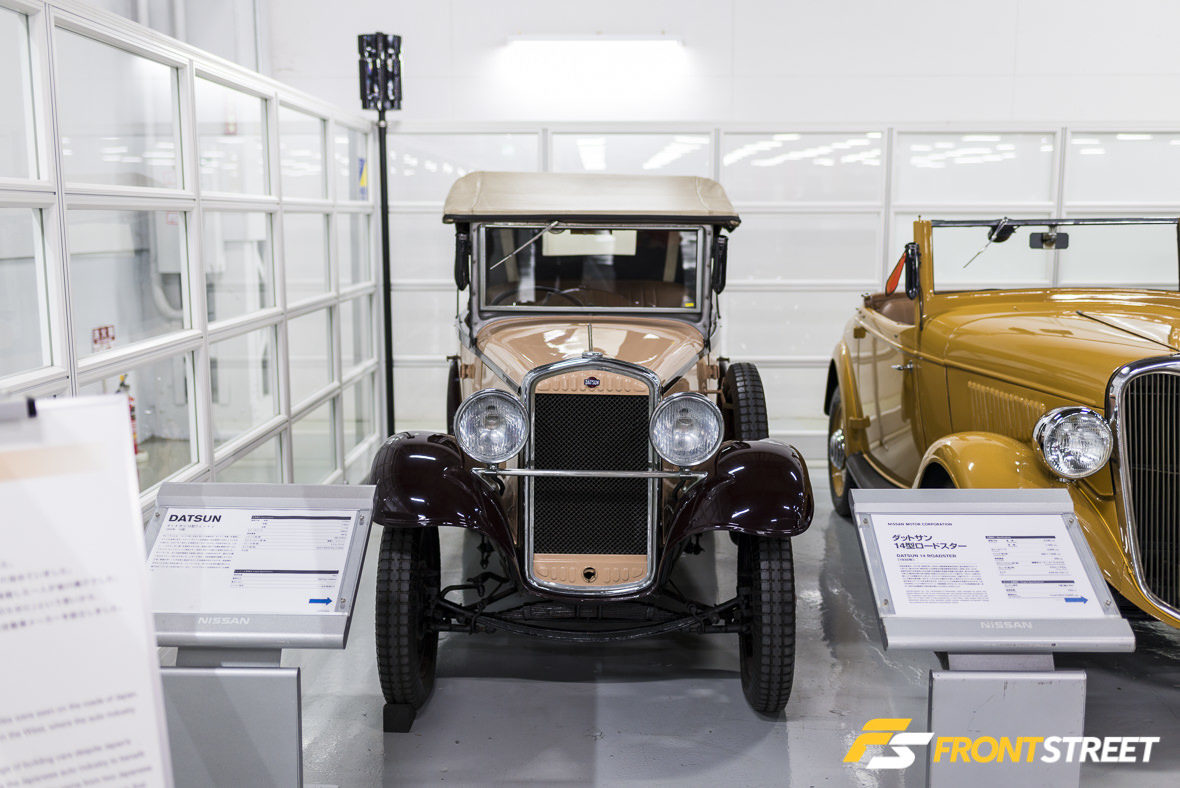
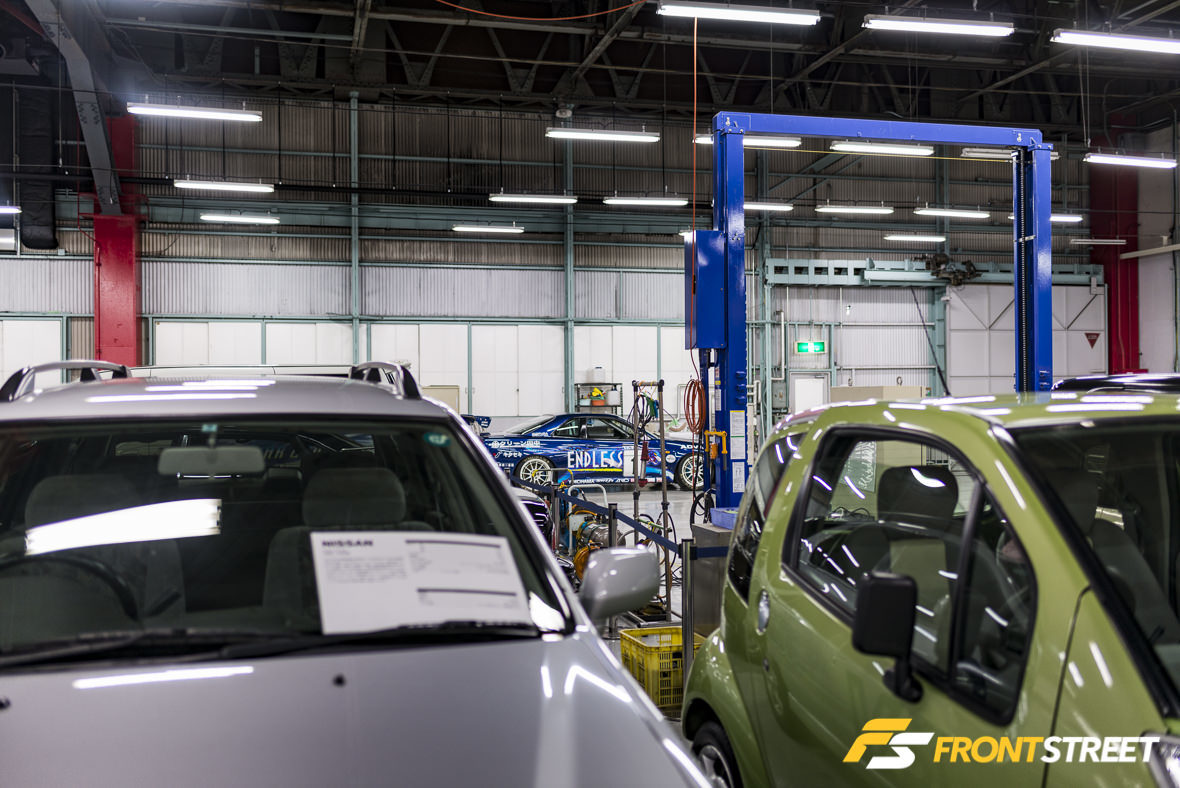
It houses Datsun, Prince, and Nissan production vehicles from 1930 to the present day. However, I was more fascinated with the motorsports corner, which contained some of my favorite Nissan racecars of years past.
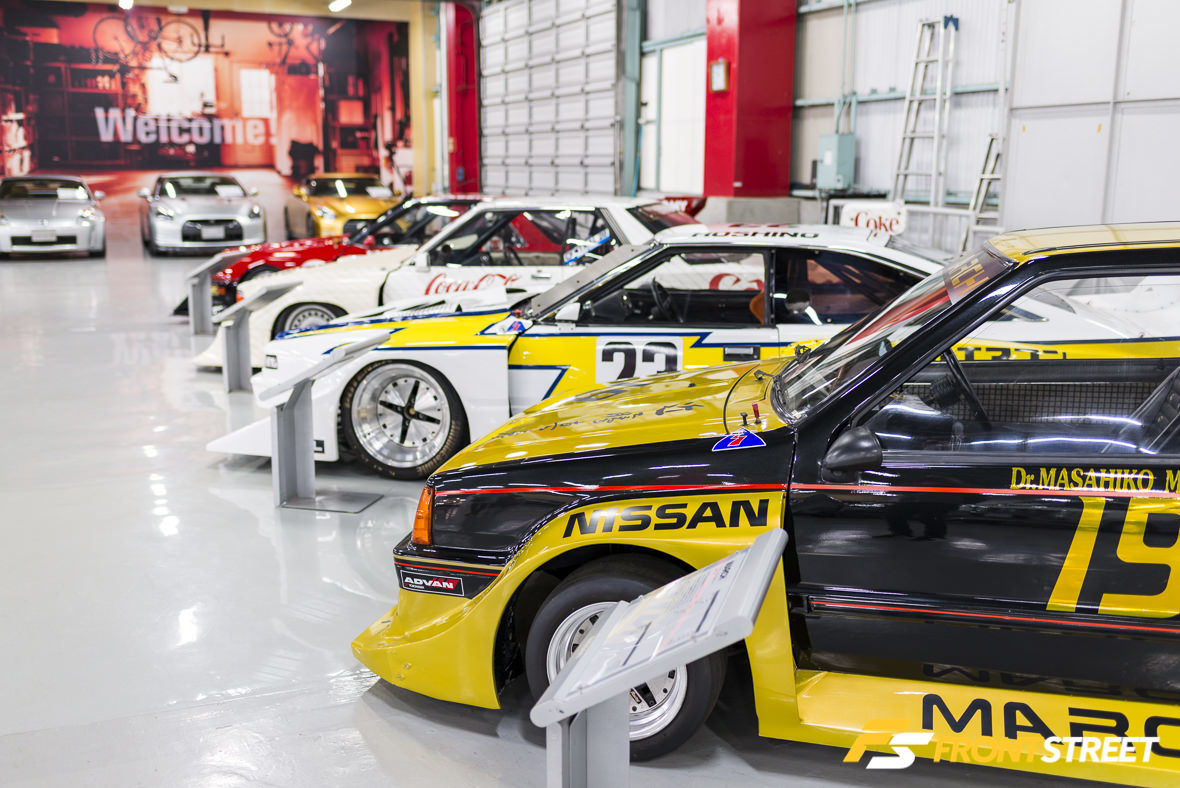
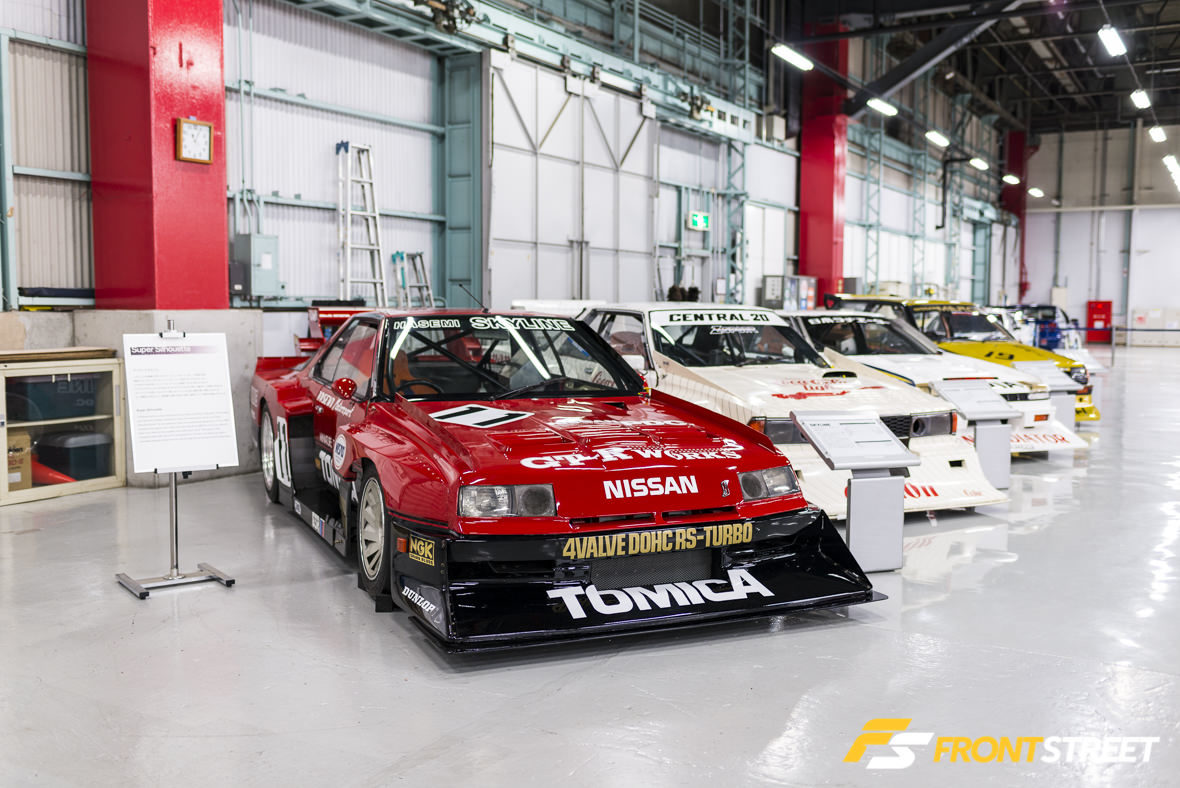
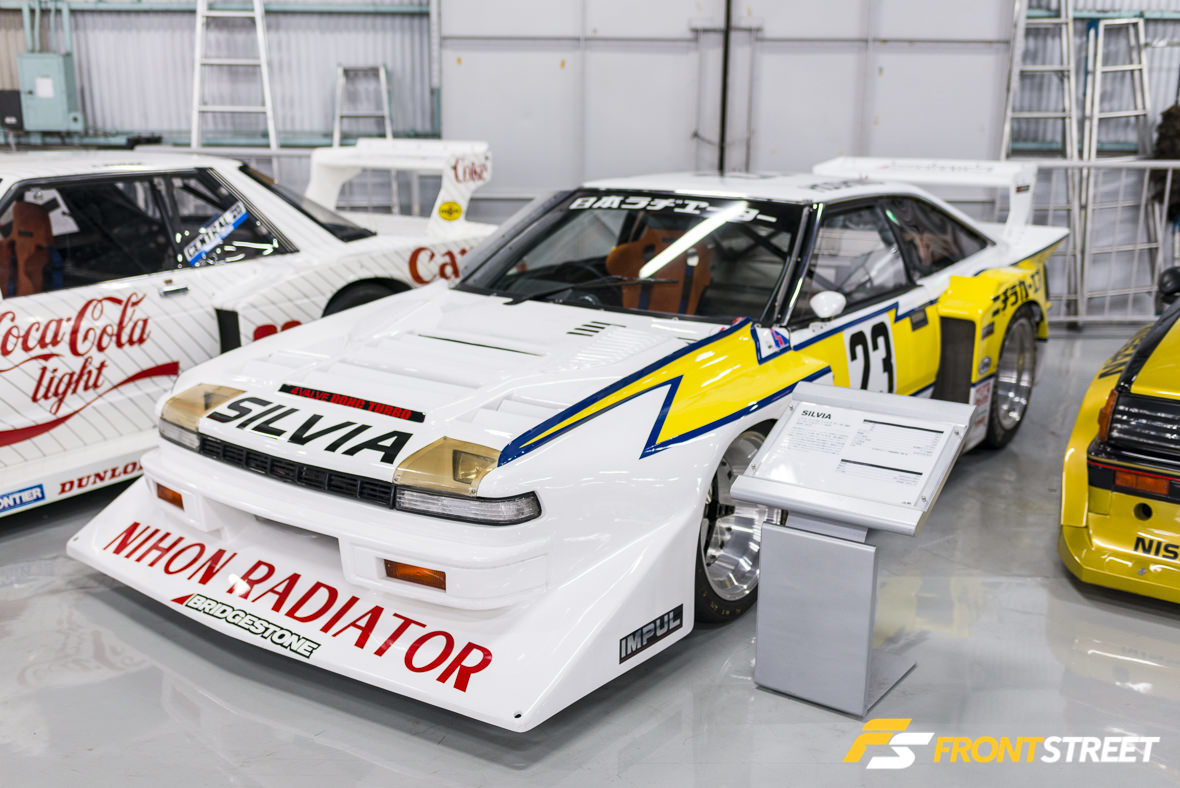
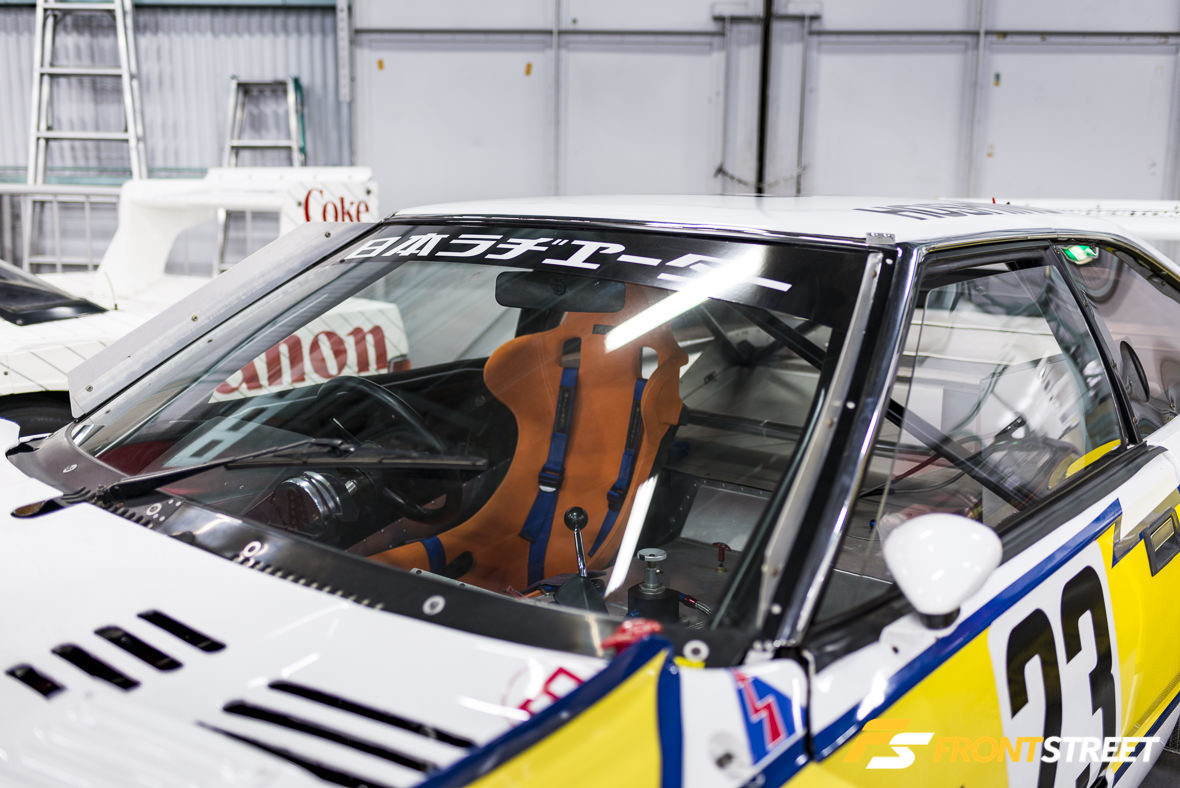
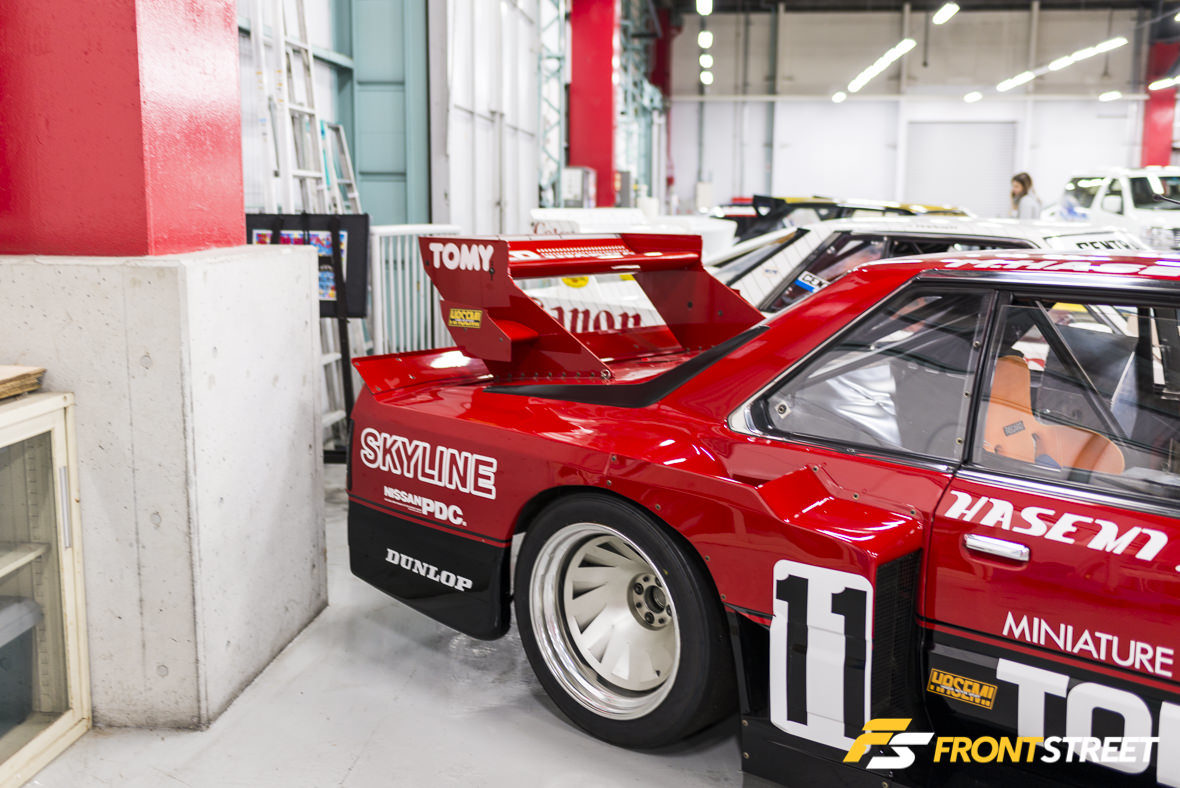
Starting with the famed “Super Silhouette” racers, this small assortment of cars was raced in the FIA’s Group 5 series from ’79 to ‘83. Due to extremely lax regulations regarding modification—except that the silhouette of the car remained the same as its production equivalent—these cars became powerhouses containing Formula racing technology. Similar to the exterior regulations, the only restriction for engines was to use the same cylinder block as the production model. This freedom resulted in the cars generating more power than Formula One machines of that era. The series was very popular, but eventually banished in favor of Group B.
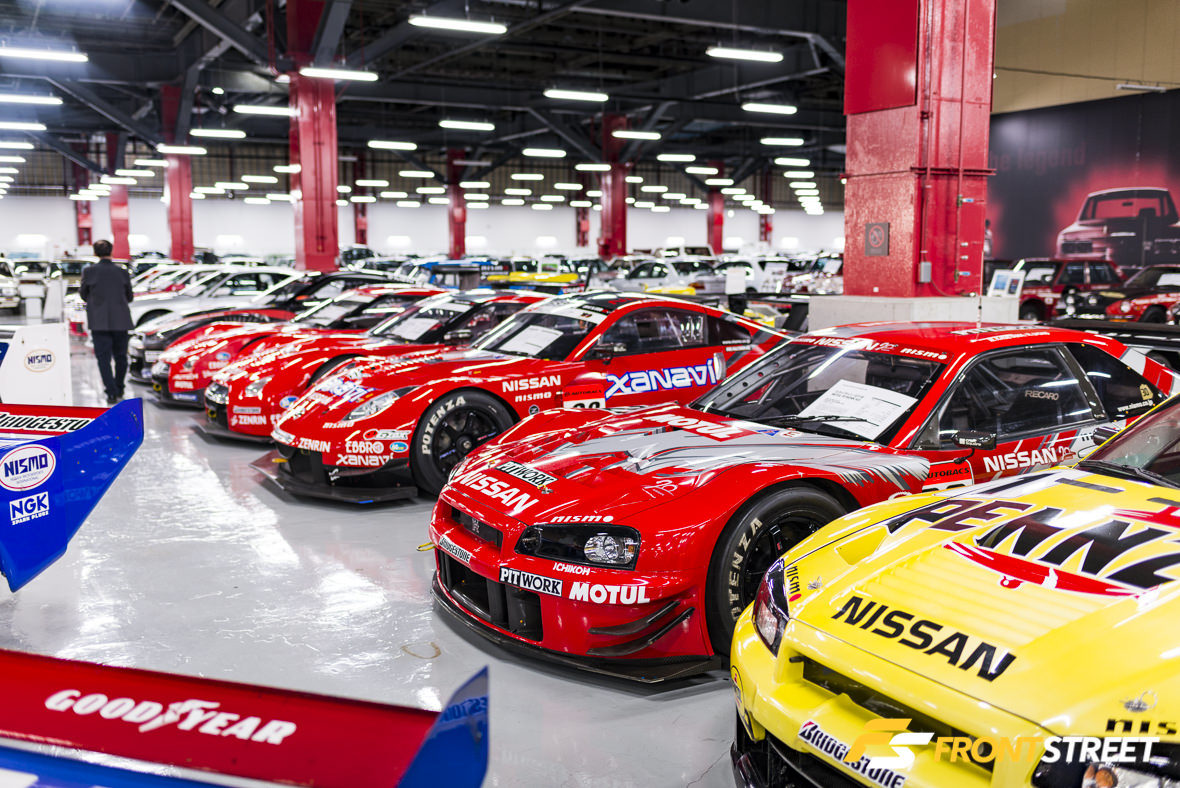
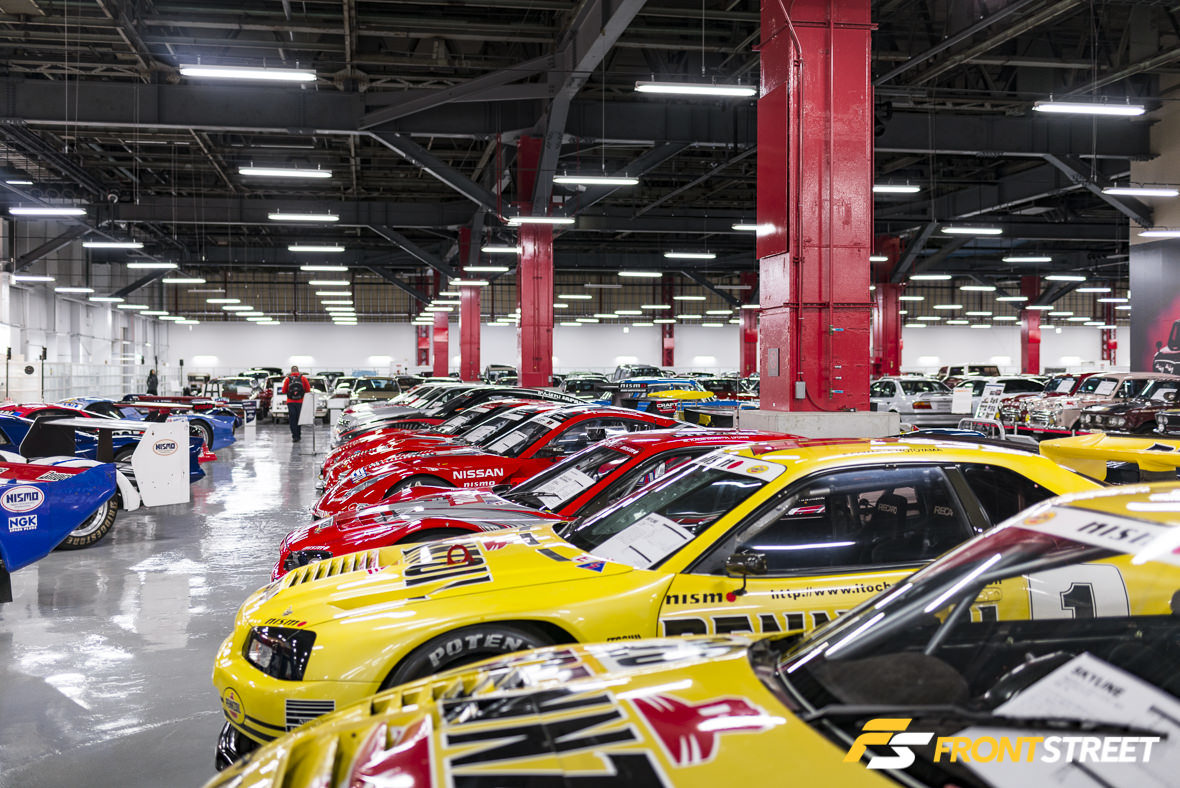
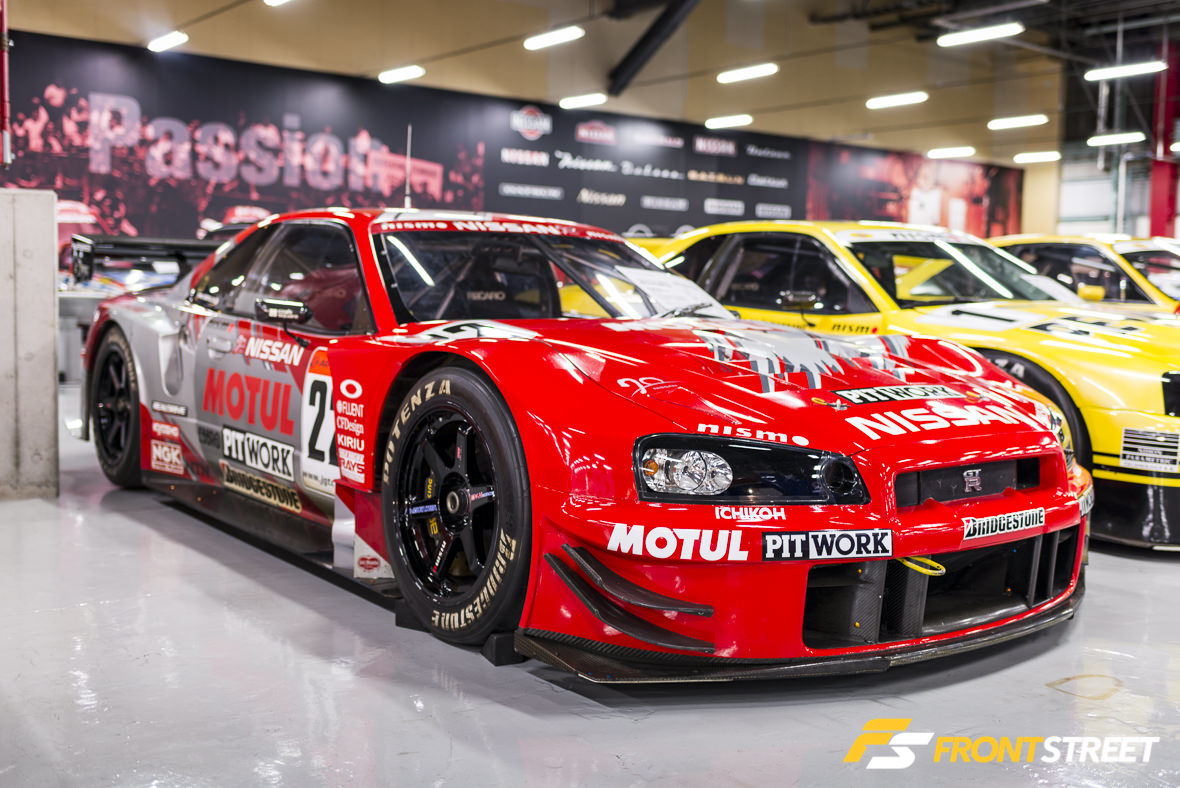
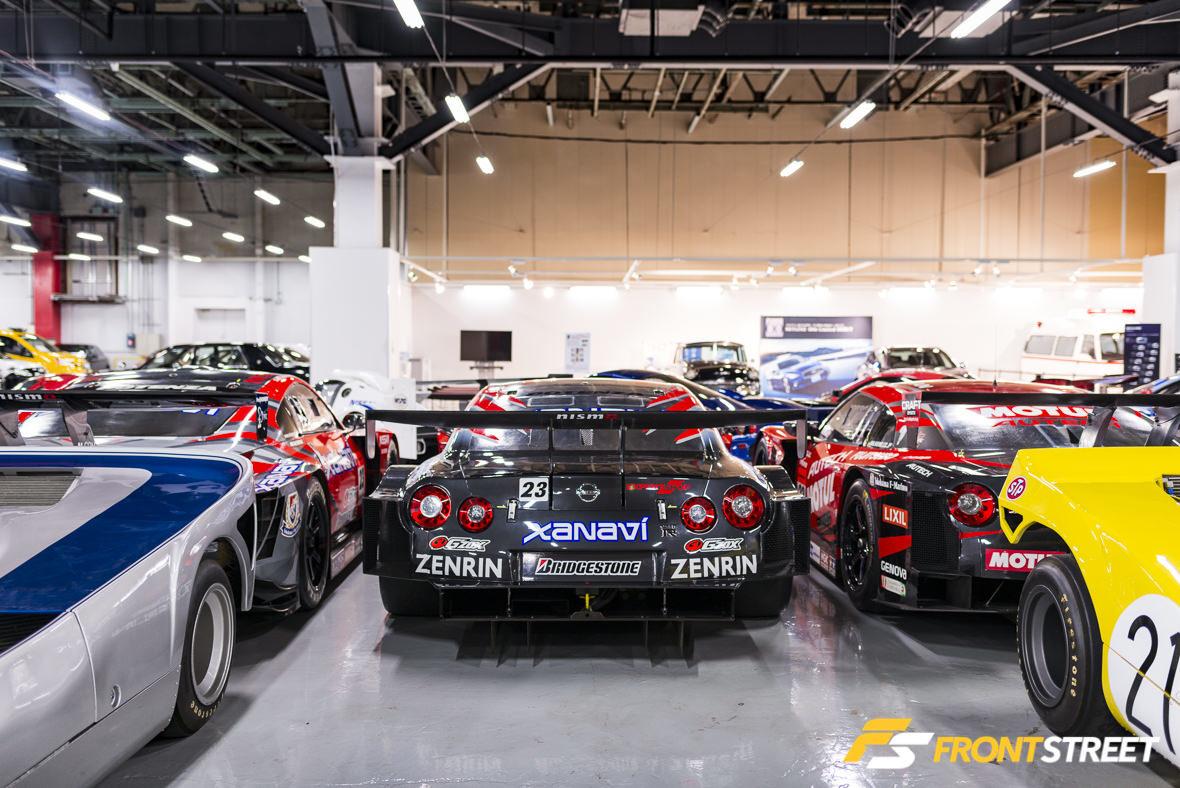
My other favorite of the collection was the grouping of All Japan Grand Touring Car Championship (JGTC) and Super GT racers. Similar to the Group 5 regulations, these cars were meant to resemble the silhouette of their production counterpart, but that’s where the similarities end. The JGTC series imposed strict limits on power, and actually added weight penalties to race winners in an effort to prevent any one team from dominating. The end result of imposing these limitations is close racing designed to keep fans happy, and it works. The JGTC name was switched to Super GT in 2005, as the schedule added a new round in China, but the series is still booming and considered the top level of sports car racing in Japan.
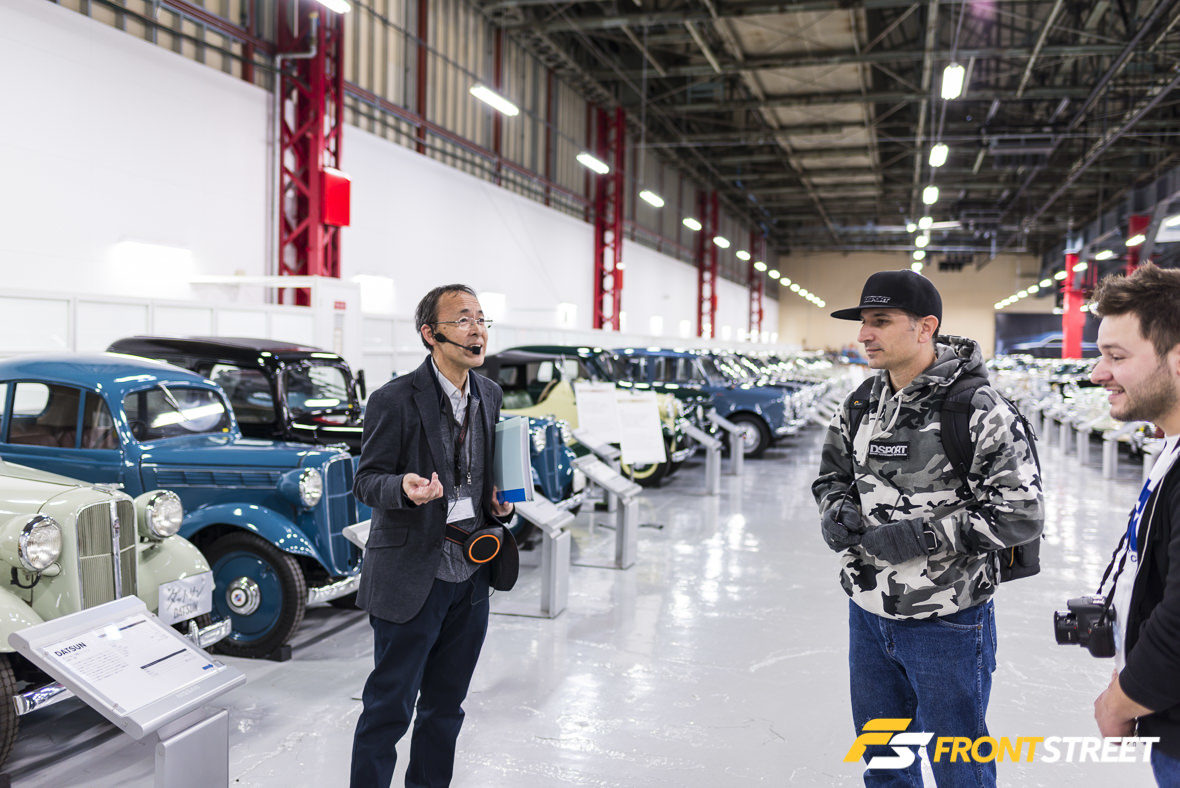
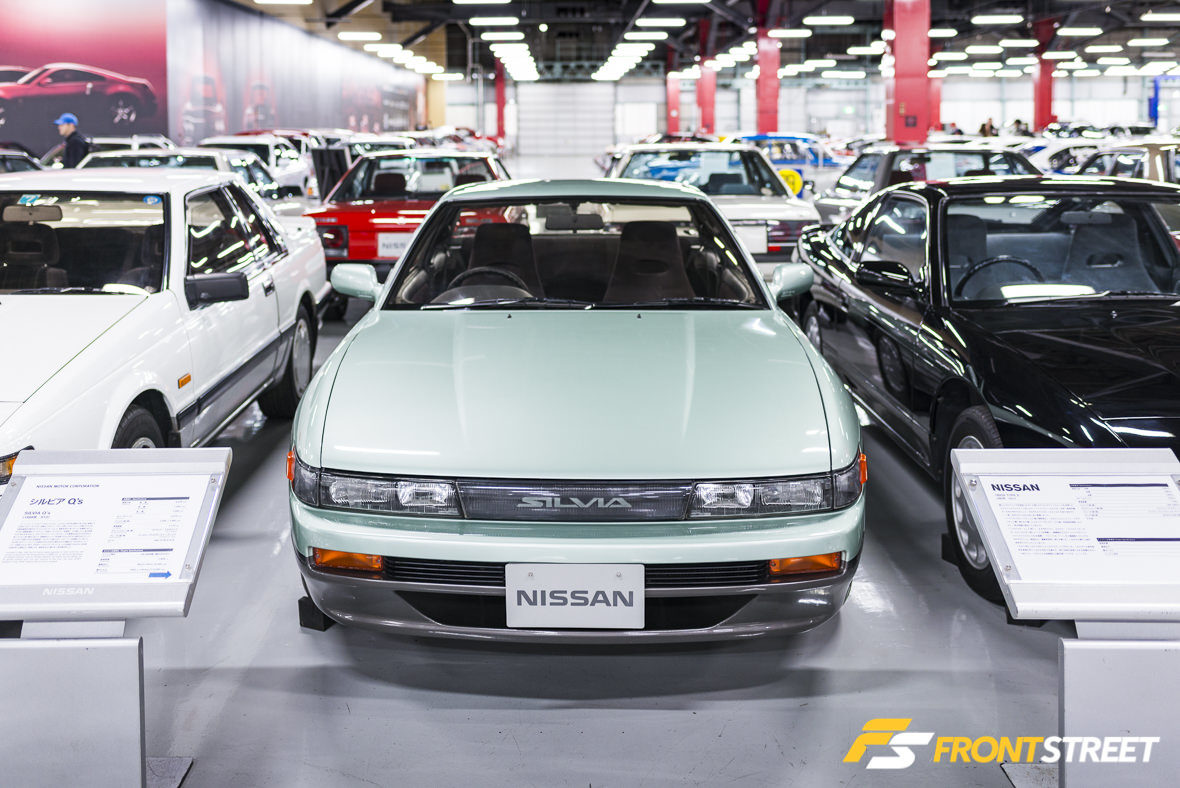
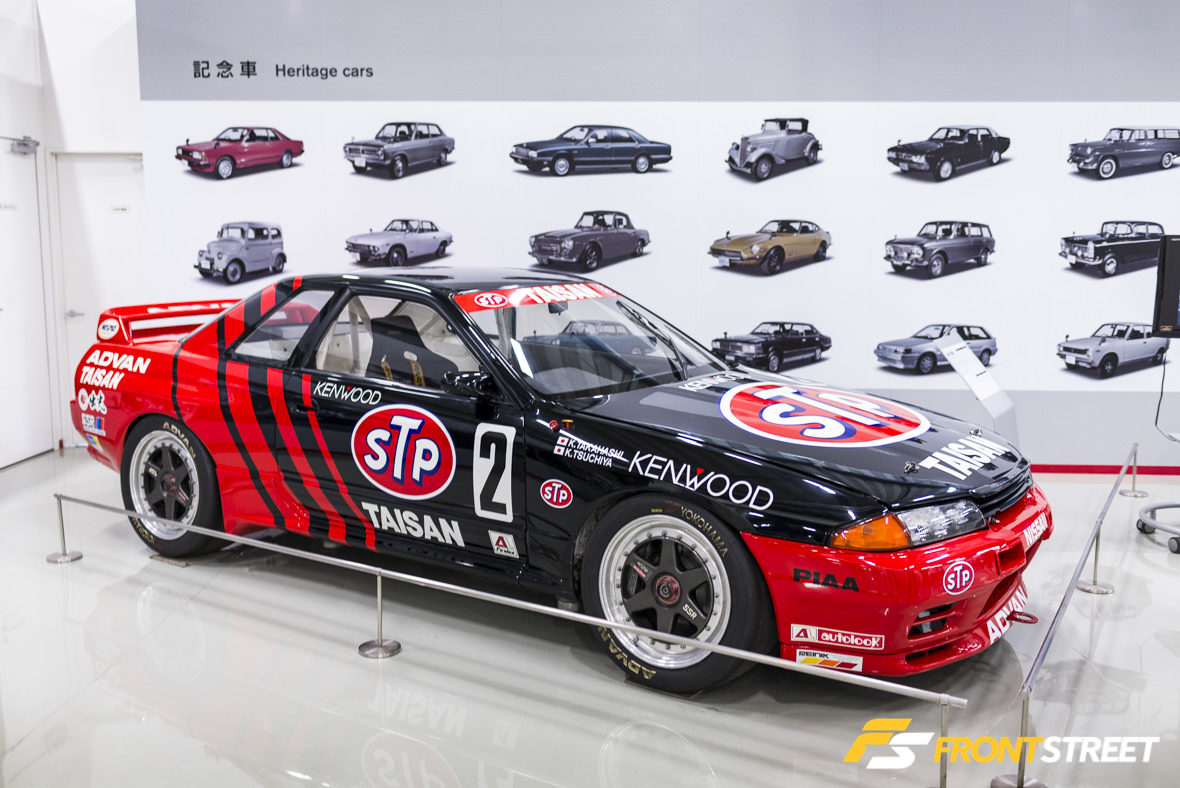
This place is fascinating on every level. I was given a guided tour by one of Nissan’s executive alumni. I got to see production automotive treasures, which have been preserved for years in a temperature-controlled climate. I even got to live out my childhood fantasy of seeing my absolute favorite GT racecars in person. It was overwhelming to say the least, but that doesn’t even scratch the surface of the rest of my Japan trip.
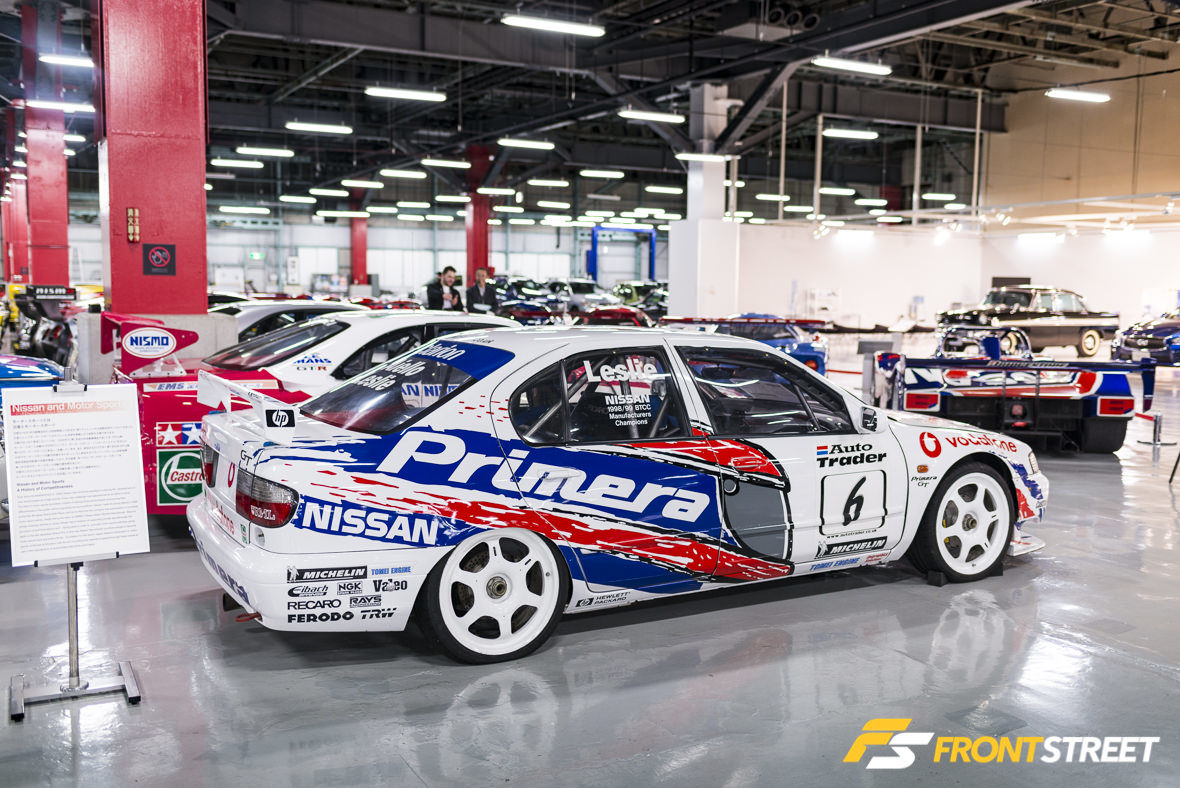
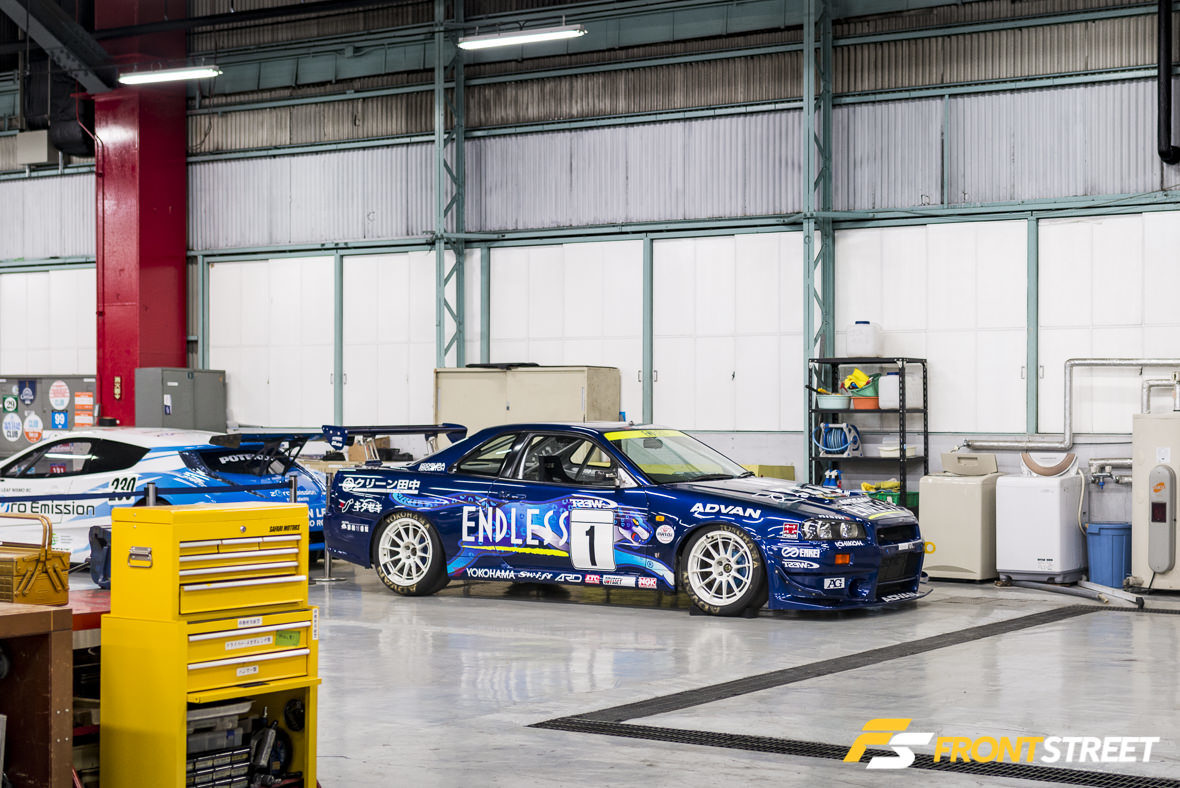
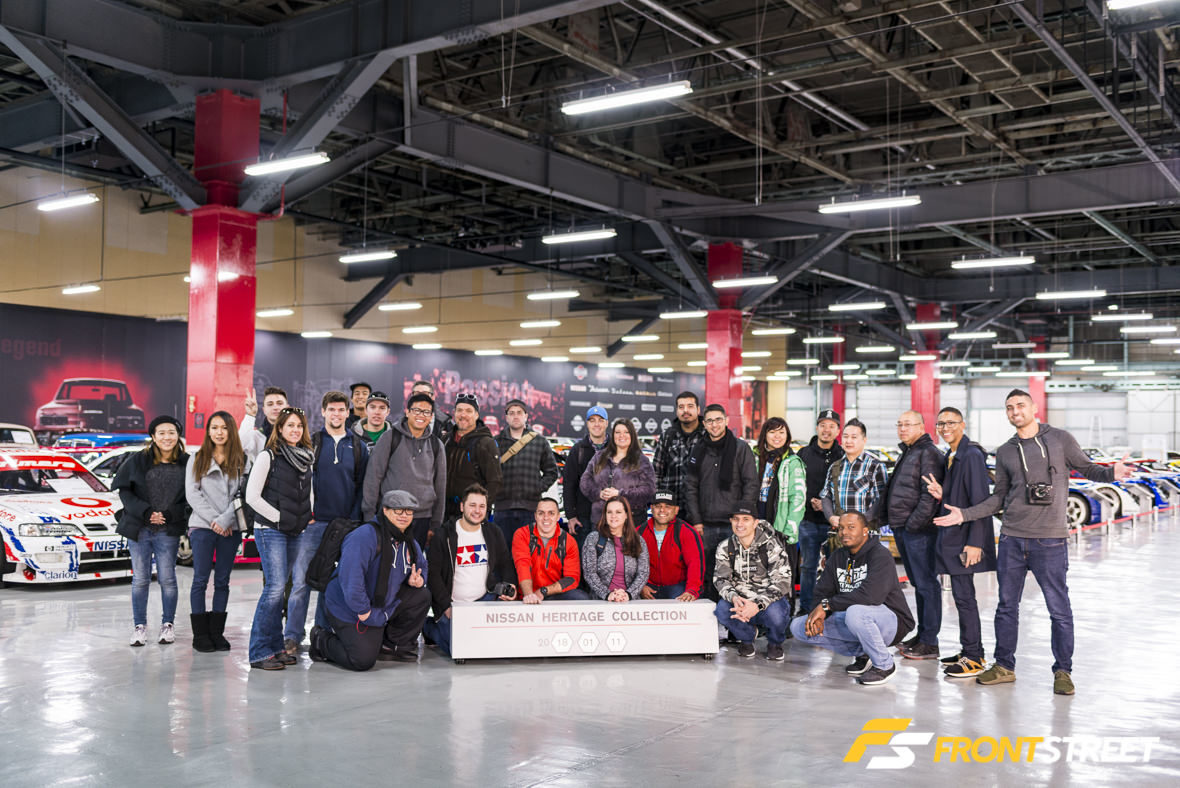
This was part of my trip earlier this year, when I flew across the frigid waters of the Pacific Ocean to the motherland of Japanese car culture with the DSPORT Tokyo Auto Salon Tour. It will forever be one of the most unforgettable trips of my entire life. Amidst this seven-day span, the DSPORT staff crammed in so many activities that I was left completely exhausted each night in my Shinagawa hotel room. Over the course of the next couple months, I’ll be releasing articles one-by-one covering every aspect of my trip, just in time for you all to make your own reservation for 2019! For now, check out the gallery of the Nissan Heritage Collection.
































































